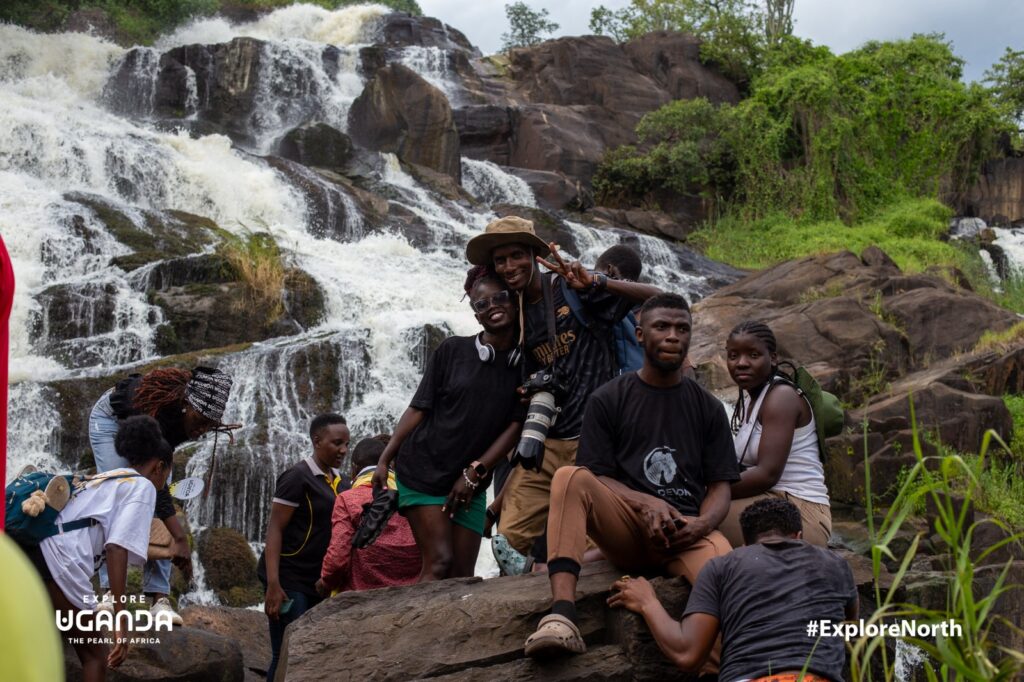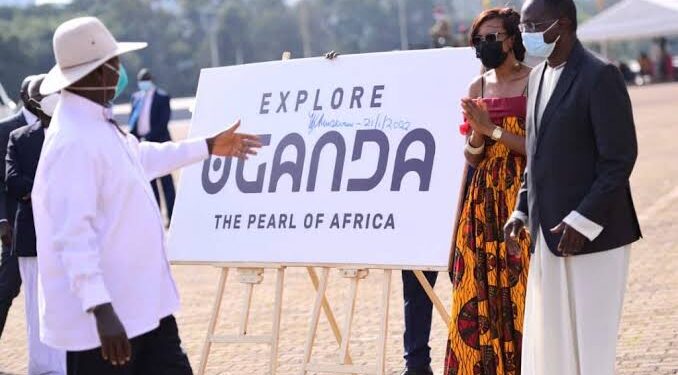President Museveni has appreciated the role of the tourism sector and its significant potential in the growth of Uganda’s economy.
Delivering his State of the Nation Address, Museveni said Uganda has the best tourism sites, including the National Parks of Kidepo, Murchison Falls, Queen Elizabeth, Lake Mburo, Elgon, Rwenzori, Kibaale Forest, Bunyonyi and many game reserves across the country.
He appreciated the fact that Uganda’s tourism sites rank highly in international media outlets and global tourism agencies with an immense contribution to the Country’s GDP.
Despite the global lockdown, Uganda received about 500,000 tourists in 2021 and revenue of US$530 million.
The number of tourists coming here has also recovered since the lifting of the Covid-19 lockdowns to 814,508 by December 2022 and earned US$1,014 million in the calendar year 2022.
This has had a direct impact on Uganda’s economic recovery, and according to President Museveni, the economy has continued to recover and GDP growth for the year ending on June 30, 2023, is projected at 5.5 percent.
He noted that the economic growth is anticipated to reach 6% and an average of 7% throughout the following fiscal year, 2023- 2024.
The GDP of Uganda is expected to increase to UGX 206.54 trillion (USD 54.99 billion) by the end of FY 2023-2024.
To further develop Uganda’s economy, Museveni said there is a need to harness the tourism potential further.
He said the government is undertaking some interventions like; ensuring the security of the country and tourism sites, and the construction of tarmac roads from Kitgum to Kidepo (116Km), Lake Bunyonyi-Kisoro-Mgahinga (74Km), Karenga-Kapedo-Kaabong (70Km), Kisoro-Rubuguri-Muko (65Km), which are soon starting.
He added that government will also focus on Wildlife conservation, especially in Mgahinga, Lake Mburo, Semliki, Kibaale, Murchison, Kidepo Valley, Katonga, Toro Semliki and Queen Elizabeth; Preventing the conflict between wildlife and human activities.
The government will also enhance digital destination marketing using modern ICT (online) technologies and strengthen enforcement and adherence to tourism standards through a strict licensing regime for service providers in the sector.
The government has also undertaken key domestic campaigns where more Ugandans are being encouraged to visit the different tourist sites and attractions, across the country.
Achievements:
The president said tourism directly employs a total of 1.55 million people in Uganda along the entire tourism value chain and contributes 6.7% of the country’s GDP.
“In the year 2022, Uganda’s National Parks hosted 367,869 visitors surpassing the pre-COVID-19 levels of 323,861 visitors recorded in the year 2019. 63% of these were domestic tourists,” the president said, adding that international visitor arrivals, increased to 815,000 in 2022, up from 473,000 in the year 2020, during the COVID-19 pandemic.”
Although there is recovery, Museveni said the performance is still lower than the 1.543 million tourists recorded in 2019. He is optimistic that full recovery will be achieved by the year 2025.

He says leisure and Holiday visitors stayed longer (11 nights), in 2022 compared to 7.6 nights in 2019 and spent higher daily at $172 per night compared to $168 per night in 2019.
The wildlife populations for most animals, have increased. For example, the number of elephants increased from 5,700 in 2011 to 8,000 now; while buffalos increased from about 36,953 to over 44,000, during the same period.
Mountain gorillas in the Bwindi-Mgahinga Conservation area have steadily increased over time from just 200 in the 1990s to about 459 now.









